Retro Replay Review
Gameplay
Runaway: A Road Adventure delivers a classic point-and-click experience that balances traditional puzzle-solving with lighthearted exploration. Players take control of Brian Basco, a newly graduated physicist whose life is upended when he unwittingly becomes entangled in a murder witness case. The interface is intuitive: simply click to move, interact with objects, and engage in dialogue trees that can yield clues or comedic banter. The game’s challenge lies not in pixel hunting but in creative inventory usage and logical deduction—often combining seemingly unrelated items to advance the plot.
(HEY YOU!! We hope you enjoy! We try not to run ads. So basically, this is a very expensive hobby running this site. Please consider joining us for updates, forums, and more. Network w/ us to make some cash or friends while retro gaming, and you can win some free retro games for posting. Okay, carry on 👍)
Each of the six chapters presents unique puzzle scenarios, from sneaking through a museum to camouflaging in the Arizona desert. The difficulty curve is well paced, easing new players into the mechanics before ramping up the complexity. Hints are cleverly woven into conversations, encouraging attentive listening and exploration rather than relying on a hint system. While some puzzles may require trial and error, the satisfaction of discovering the solution organically makes the journey rewarding.
Interactivity extends beyond object manipulation; players must also engage with nearly 30 distinct characters. Conversations often branch depending on your approach—whether you choose to be polite, sarcastic, or overly inquisitive can alter the tone of exchanges, if not the overall path. This focus on dialogue-driven gameplay keeps the pace lively, ensuring that progression never stalls purely on inventory spamming. For fans of narrative-driven adventures, Runaway’s gameplay loop strikes a harmonious balance between storytelling and brain-teasing fun.
Additionally, movement between locations is streamlined by a map system, allowing Brian and Gina to hop between key stops without repetitive backtracking. This design choice keeps momentum high while preserving the sense of a cross-country road trip. Overall, the gameplay is inviting to both adventure veterans and newcomers alike, offering just the right mix of challenge and charm.
Graphics
Visually, Runaway: A Road Adventure adopts a vivid cartoon aesthetic that marries hand-drawn 2D backgrounds with subtly rendered 3D character models. The environments—from bustling New York streets to the vast expanses of the Arizona desert—are richly detailed, each scene brimming with interactive hotspots. The color palette shifts to suit the mood: neon lights and muted grays in the city give way to warm, dusty tones out West.
Cutscenes are seamlessly integrated with the gameplay, employing smooth animations that enhance narrative moments without feeling disconnected. Character expressions are exaggerated just enough to convey personality and humor, ensuring that even silent protagonists feel communicative. Minor visual glitches are rare, and load times are kept to a minimum, preserving immersion throughout long play sessions.
The art direction leans into comedy, using caricatured designs and slapstick animations—such as Brian’s startled double-takes or Gina’s dramatic fainting spells—to punctuate key moments. Backgrounds often hide playful details: a scrawled message on a museum exhibit, a mischievous rodent darting past, or a billboard that foreshadows an upcoming puzzle. These visual Easter eggs reward observant players and add replay value for those who wish to uncover every nuance.
While the game’s style may appear dated compared to modern 3D blockbusters, its timeless cartoon charm endures. The deliberate blend of 2D artistry with selective 3D models creates a distinctive look that still holds up and lends the world a storybook quality. For adventure enthusiasts seeking character and flair over photorealism, Runaway’s graphics continue to impress.
Story
At its heart, Runaway: A Road Adventure is a fish-out-of-water tale that evolves into an exhilarating road trip narrative. Brian Basco is a well-meaning applied physics enthusiast who expects little more than dusty lecture halls on his way to Berkeley. Instead, a chance encounter with Gina—an alluring young witness to a mob hit—forces him into a globe-spanning escape. This dramatic detour infuses the storyline with stakes, humor, and a budding partnership.
The game’s six chapters act like episodes in a buddy-comedy, alternating tense chase sequences with lighter, puzzle-driven interludes. The chemistry between Brian and Gina grows organically, from initial awkwardness to genuine camaraderie. Both characters undergo subtle development: Brian learns resourcefulness beyond the lab, while Gina reveals vulnerabilities behind her tough exterior. Their interactions are peppered with quips and heartfelt moments that keep the narrative engaging.
Secondary characters range from the sly museum curator to the no-nonsense motel manager, each contributing to the tapestry of the adventure. Dialogue is sharp and often comedic, yet never undermines the perilous undertone of being pursued by gangsters. The story threads across diverse locales—the echoing halls of a museum, the harsh Arizona desert, and beyond—creating a sense of momentum and discovery. Plot twists are satisfying without feeling contrived, making each chapter’s finale a compelling reason to continue.
Although some may find the premise familiar—ordinary protagonist thrust into extraordinary circumstances—Runaway distinguishes itself through witty writing and memorable set pieces. Whether deciphering a cryptic painting or devising an improbable disguise, the story encourages creative problem-solving while maintaining narrative cohesion. For players who appreciate plot-driven adventures, Runaway offers a narrative ride worth taking.
Overall Experience
Runaway: A Road Adventure stands as a testament to the enduring appeal of narrative-focused, puzzle-based games. Its blend of humor, suspense, and clever gameplay keeps players invested from the neon-lit streets of New York to the sun-baked roads of Arizona. The user-friendly interface ensures that technical barriers remain low, allowing both newcomers and seasoned adventurers to dive straight into the action.
The original soundtrack—boasting over 24 distinct tracks—complements the on-screen drama perfectly, shifting from playful motifs during lighter moments to more urgent tones as the chase intensifies. These musical cues enhance immersion without ever overstaying their welcome. Sound effects, from city traffic to desert winds, further anchor each environment in realism while preserving the game’s cartoonish spirit.
Replayability lies in uncovering all dialogue branches, discovering hidden interactions, and enjoying the comedic nuances that might be missed on a first playthrough. While the main storyline can be completed in roughly ten to twelve hours, collectors will find satisfaction in revisiting key scenes for Easter eggs and alternative conversational paths. The balance of challenge and narrative ensures that each return trip feels fresh.
Ultimately, Runaway: A Road Adventure offers a rich, emotionally engaging journey, perfect for players seeking wit alongside brain-teasing puzzles. Its combination of distinctive art, memorable characters, and inventive gameplay makes it a standout in the adventure genre. For those in search of a well-crafted story wrapped in clever interactivity, Brian and Gina’s cross-country escapade remains a highly recommended purchase.
 Retro Replay Retro Replay gaming reviews, news, emulation, geek stuff and more!
Retro Replay Retro Replay gaming reviews, news, emulation, geek stuff and more!
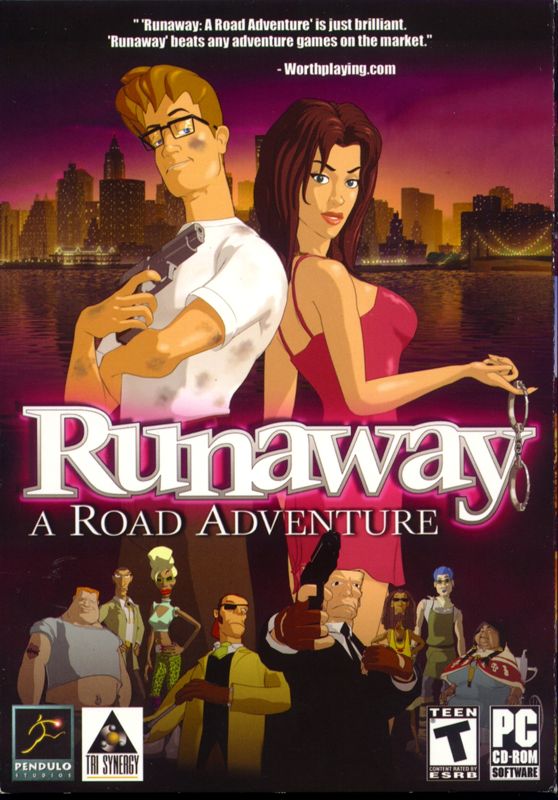
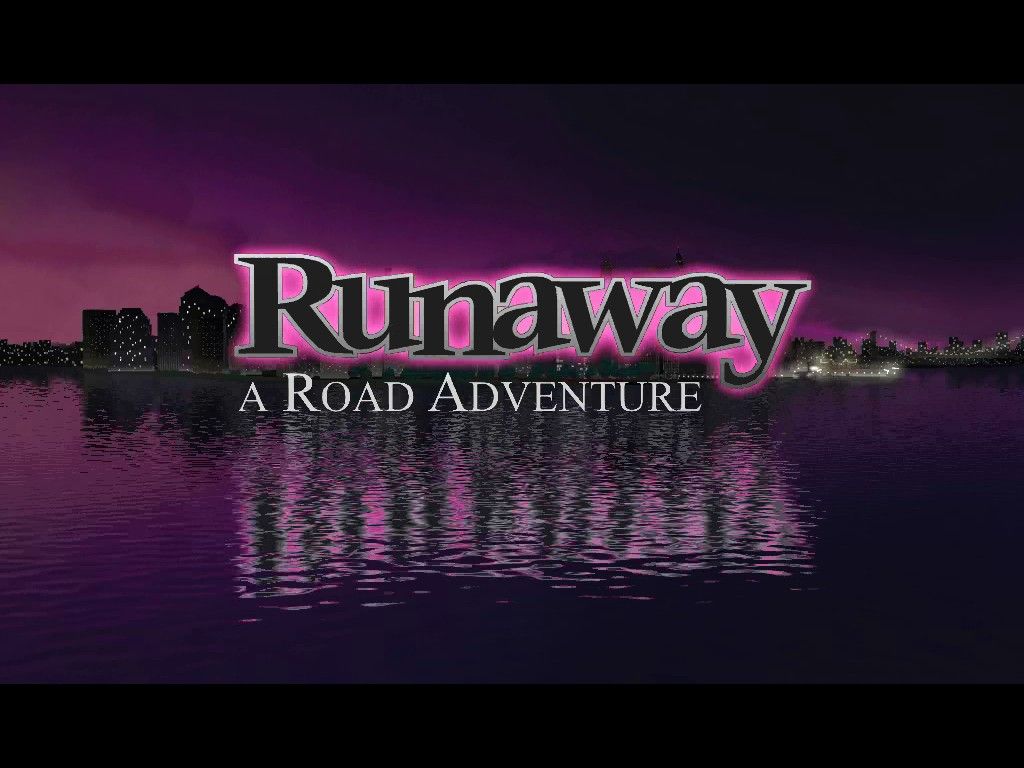
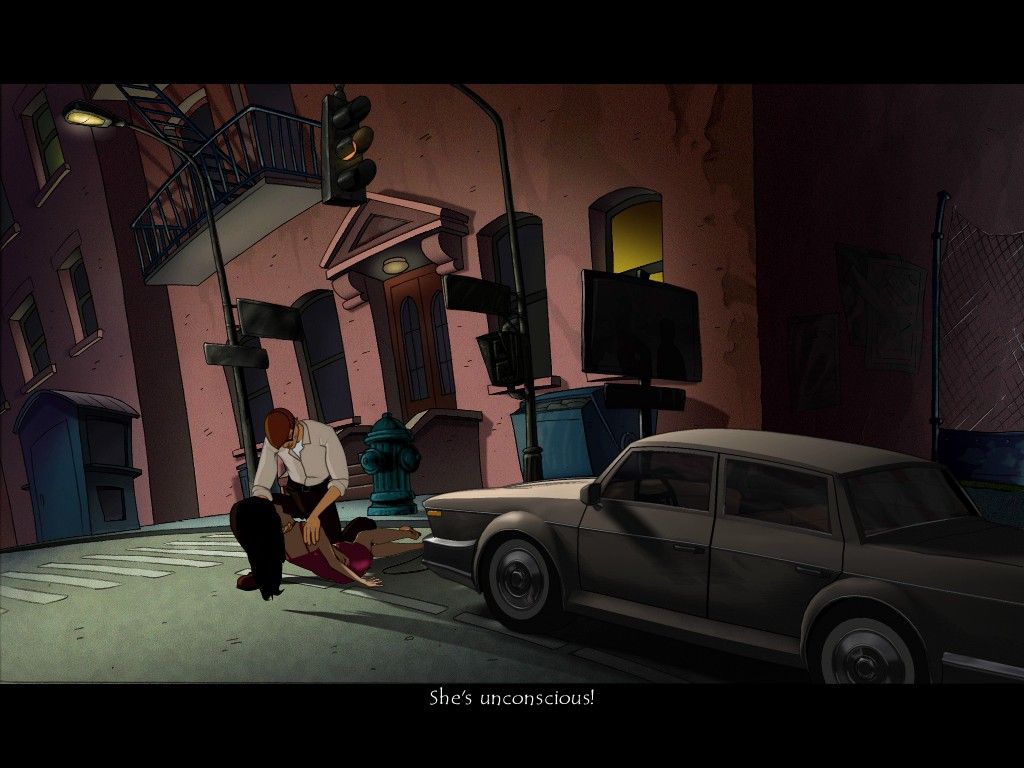
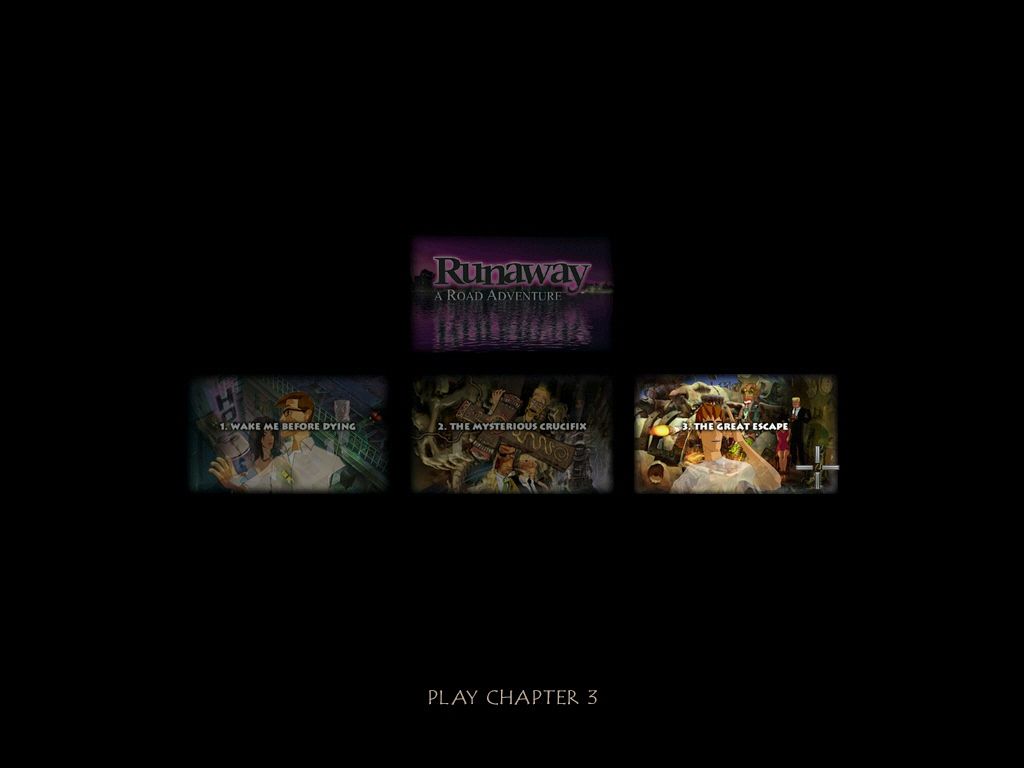
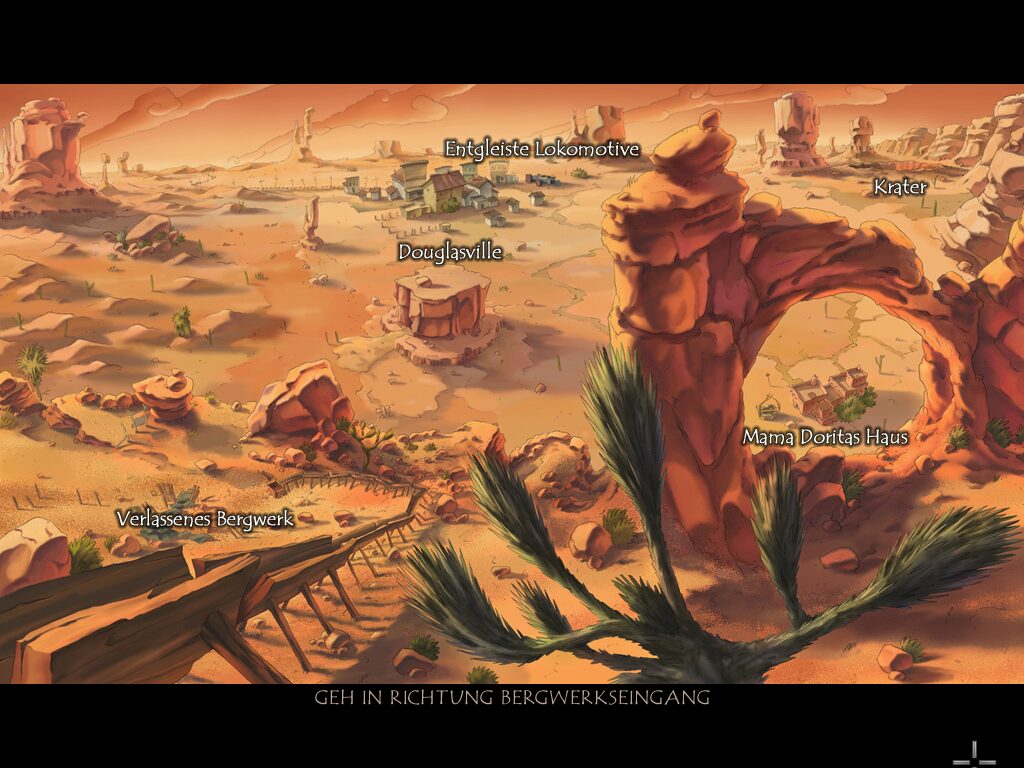
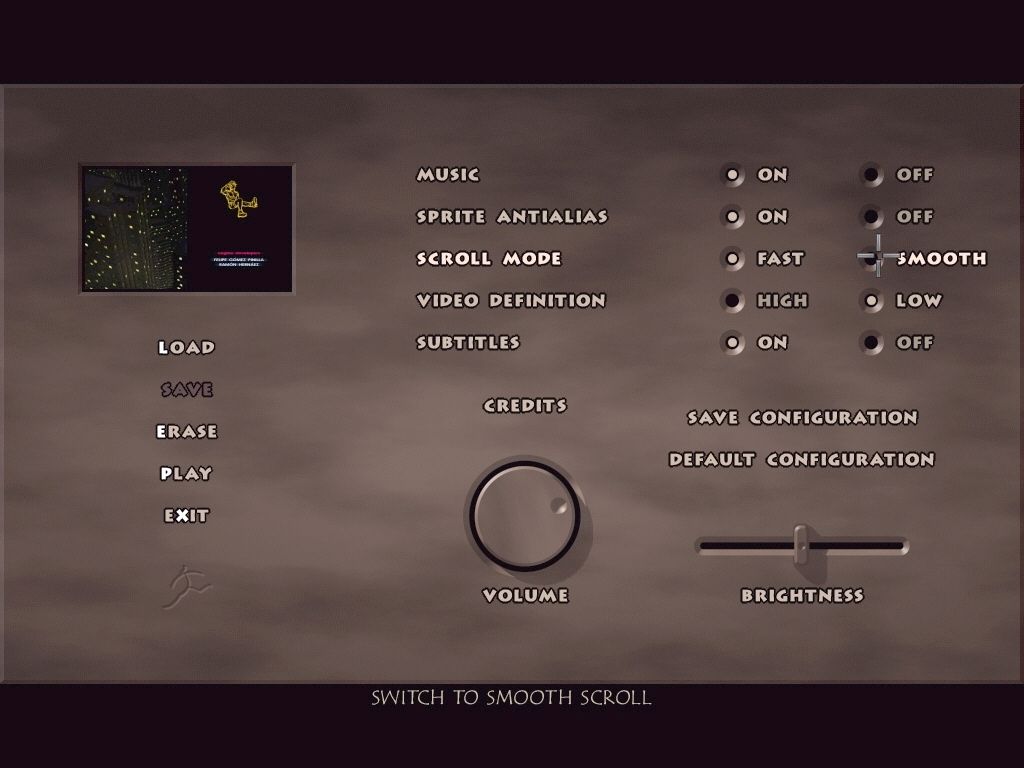



Reviews
There are no reviews yet.